Your basket is currently empty!

Famous Titanic Passengers and the Stories in Their Coats of Arms
Posted on
The sinking of the RMS Titanic on 15 April 1912 remains one of the most haunting events in maritime history. As the luxury liner made its maiden voyage from Southampton to New York, it carried more than 2,200 people — from third-class emigrants to first-class aristocrats and millionaires.
Among the passengers were some of the most recognisable names of the era. Their stories continue to fascinate the public, not just because of their tragic fate, but also because of the legacy and heritage they carried with them — including historic family coats of arms. At Hall of Names, we specialise in surname origins and heraldry, helping people explore their family story through symbolic ancestry. Today, we take a closer look at Titanic aristocratic coats of arms connected to several famous passengers.

What Is a Coat of Arms — and Why Does It Matter?
A coat of arms is a unique heraldic design originally granted to individuals or families during the Middle Ages. It served as a visual identifier, especially on battlefields and official documents. Over time, these symbols evolved into hereditary emblems passed through generations, often linked to noble status or significant achievements.
Each element of a coat of arms holds meaning. For example:
- Colours like red symbolise courage, while blue stands for loyalty.
- Animals such as lions or eagles often represent bravery or leadership.
- Shapes like crosses or chevrons may denote military service or honour.
At Hall of Names, our database includes thousands of historic coats of arms, often representing the earliest recorded arms associated with a surname — not a specific family line. Understanding these symbols offers a fascinating glimpse into your family’s potential origins.
Five Notable Titanic Passengers and Their Heraldic Heritage
1. Sir Cosmo Duff-Gordon, 5th Baronet
A Scottish aristocrat and sportsman, Sir Cosmo’s family coat of arms features a red (gules) shield with three gold (or) lozenges in bend. Red symbolises strength and military courage, while gold represents generosity. The lozenges signify honesty and constancy — fitting for a family of baronets with a long-standing heritage.
2. Lady Lucy Duff-Gordon
Also aboard the Titanic was Lady Duff-Gordon, a celebrated fashion designer who sailed with her husband. She shared the Duff-Gordon arms. Her presence brought an air of Edwardian glamour to the voyage, but she also became a controversial figure due to her lifeboat escape.
3. John Jacob Astor IV
One of the richest men in the world at the time, Astor came from a powerful American dynasty. The Astor coat of arms typically features quartered fields of gold and blue, with eagles prominent in the design. These symbols represent loyalty, wealth, and leadership — echoing the family’s legacy in finance and real estate.
4. Margaret “Molly” Brown
Though not born into aristocracy, Molly Brown’s legacy made her a Titanic icon. Known posthumously as “The Unsinkable Molly Brown,” her family crest includes a blue shield and crescents, representing hope and enlightenment. She was a remarkable philanthropist whose strength shone both during and after the disaster.
5. Charles Melville Hays
As president of the Grand Trunk Railway, Hays was instrumental in North American infrastructure. His family coat of arms includes a silver (argent) shield with a red (gules) cross — symbols of peace and warrior strength. Lions in the arms suggest courage, perfectly suited to a pioneering industrialist.

The Voyage That Changed History
The Titanic was a floating symbol of ambition, wealth, and social hierarchy. First-class passengers dined in luxury while third-class families hoped for new beginnings in America. Tragically, over 1,500 people lost their lives after the ship struck an iceberg — including many of the names mentioned above.
Yet their stories live on, and so do their coats of arms. These historic symbols offer a lasting connection to their past, just as they do for countless families today.

Explore Your Own Coat of Arms
You don’t need to be an aristocrat to explore your roots. With our free name search box at the top of the Hall of Names website, you can find the earliest recorded coat of arms connected to your surname, along with fascinating surname history and meaning.
Want to learn more about the meaning behind each heraldic symbol? Explore our Heraldry Symbols guide for a breakdown of colours, shapes, and icons used in traditional arms.

Shop Heritage-Inspired Gifts
Looking to bring a touch of history into your home or gift something meaningful? Browse our full collection:
Meet the Hall of Names Team
Our blog is written by the people who know our products and customers best –
Wendy and Jo.
Wendy, our Company Director, keeps us ahead as market leaders, supporting retailers and developing exciting new products.

Jo, our Sales & Marketing Manager, is the creative mind behind our campaigns, content, and social media.
Together, we share stories, tips, and insights from inside Hall of Names – so you get a real feel for who we are and what we do.
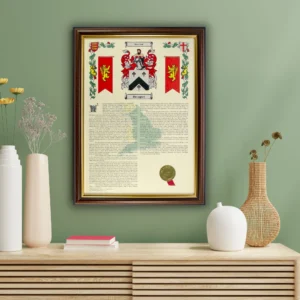

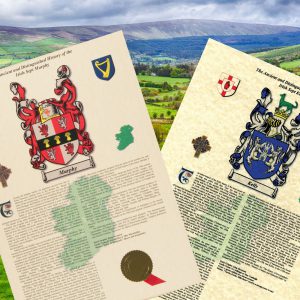
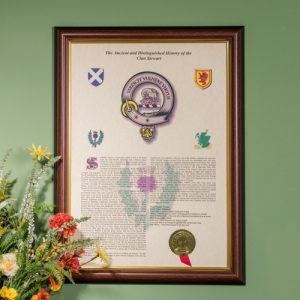
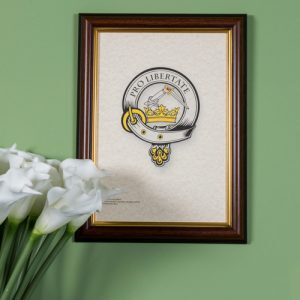
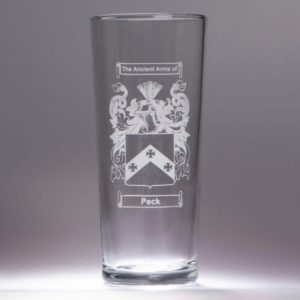
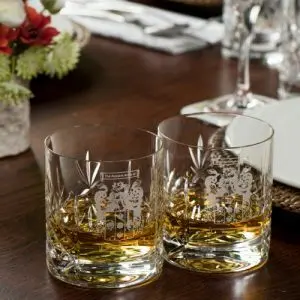
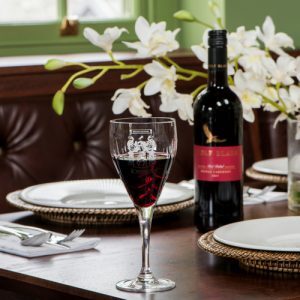
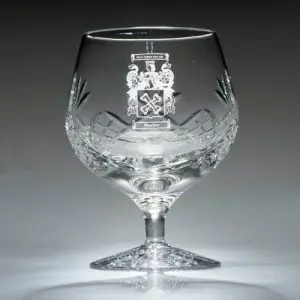


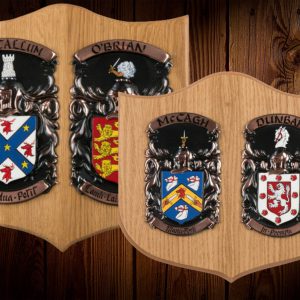

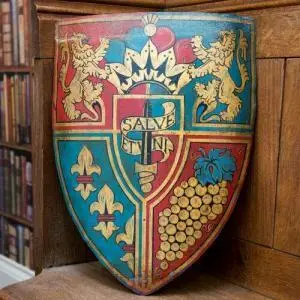
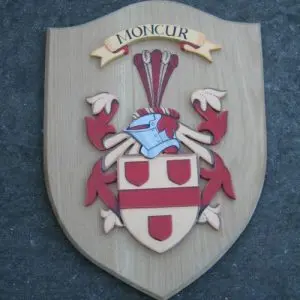
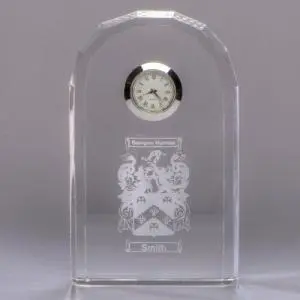
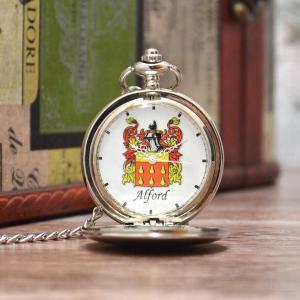
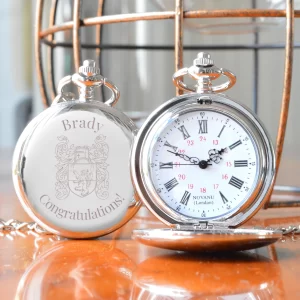
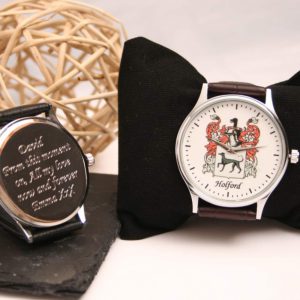
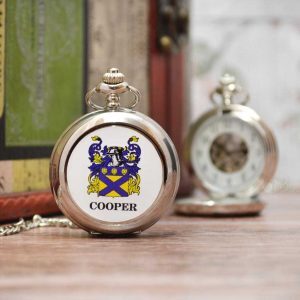
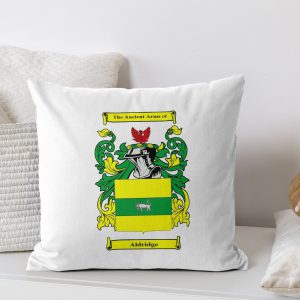
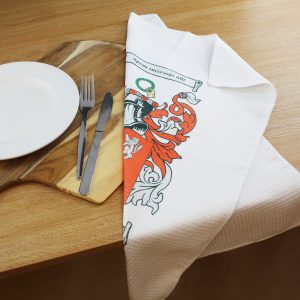
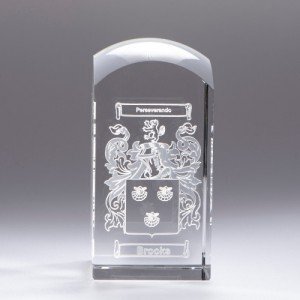
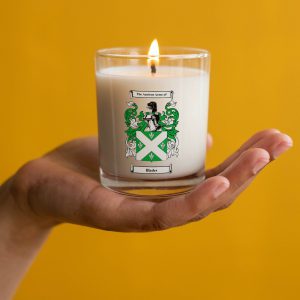
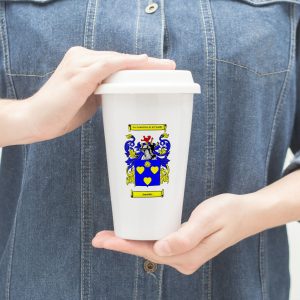

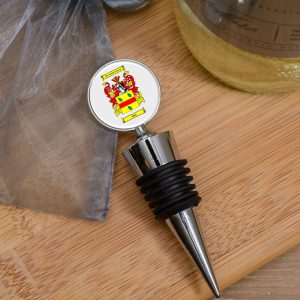
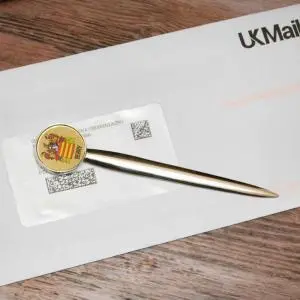
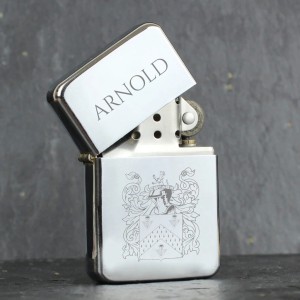
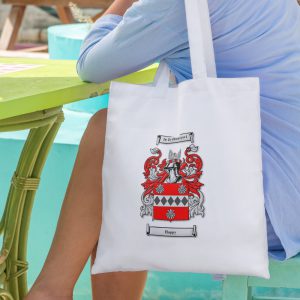
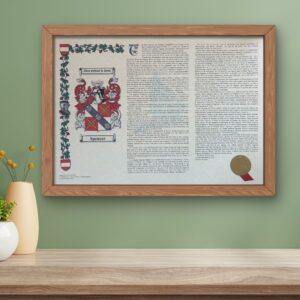
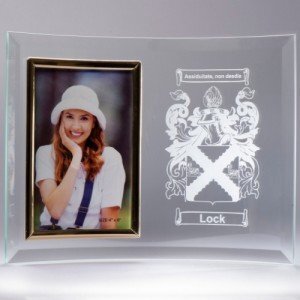

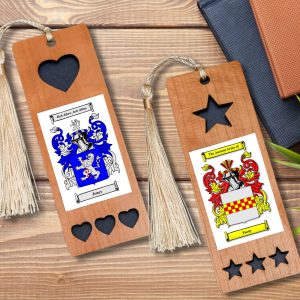
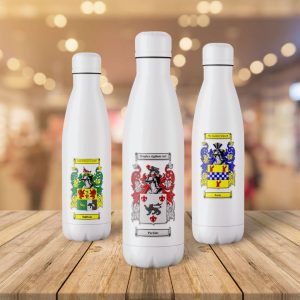




Leave a Reply